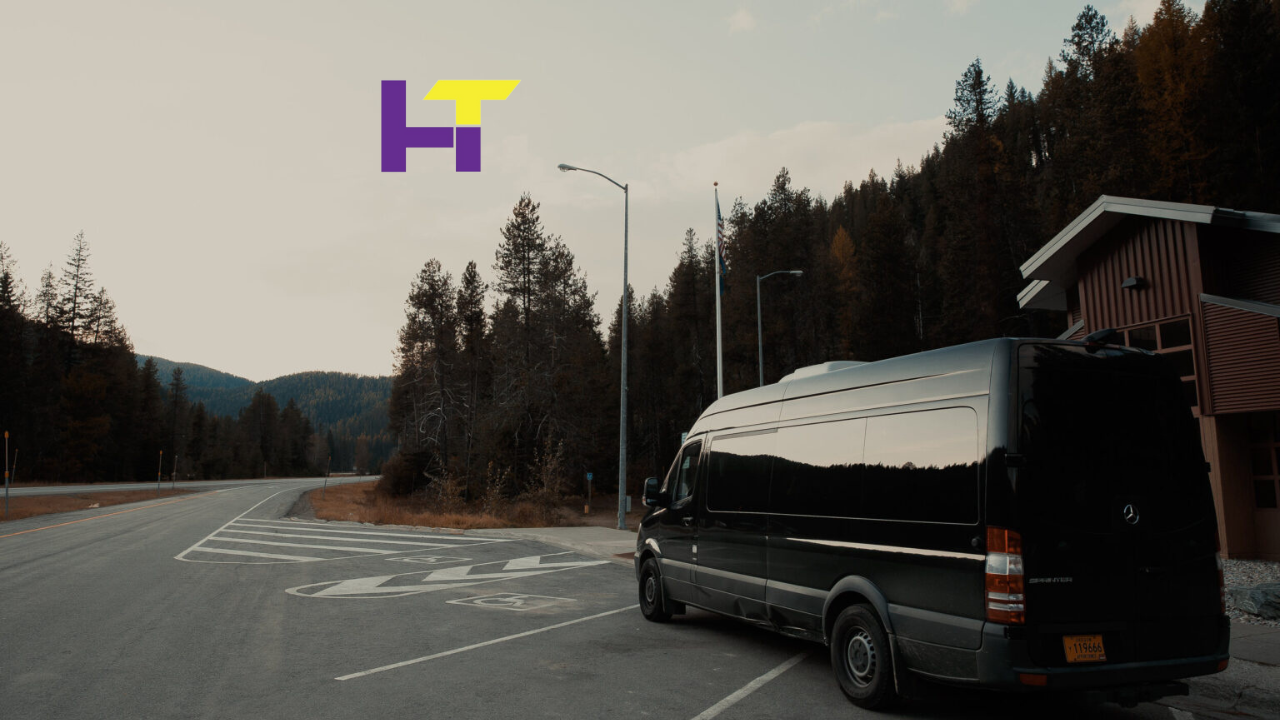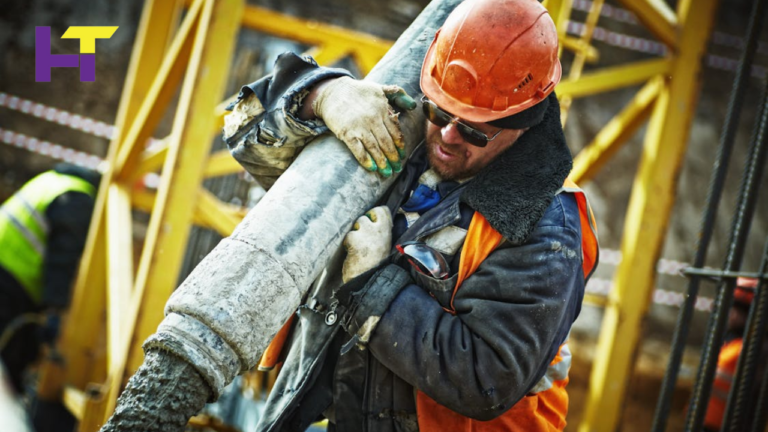Behind the Lens: A Day in the Life of an Event Photographer

Event photography is a dynamic and exciting field requiring technical skills and creativity. From capturing the perfect shot at a wedding to documenting a corporate event, event photographers play a crucial role in preserving memories and creating lasting impressions.
In this article, we will delve into the world of event photography and explore an event photographer’s typical day.
Early Morning: Preparation and Equipment Check
For an event photographer, the day typically starts early with preparing equipment and checking the gear. Ensuring that all cameras, lenses, flashes, and other accessories are in working order is essential for a successful shoot. Charging batteries, formatting memory cards, and cleaning lenses are all part of the routine to guarantee everything is ready.
Once everything is set up and ready, the event photographer will head to the venue to set up their equipment and familiarize themselves with the location. They will communicate with event organizers to understand the schedule and any specific shots needed.
The photographer will capture various moments during the event, including candid shots, group photos, and detail shots. They must be quick on their feet, adjusting settings and angles to get the best possible shots in different lighting conditions.
After the event, the photographer will review the images, selecting the best ones for editing. Post-processing is an integral part of the job, where the photographer will enhance the pictures, correct any errors, and ensure the final photos meet the client’s expectations.
Being an event photographer requires technical skills, creativity, adaptability, and strong communication with clients and event attendees. Each event is unique, making every day an exciting and challenging opportunity to capture unforgettable moments. This applies similarly to videography services, where professionals must possess the same qualities to create compelling videos that tell the story of the event in a captivating way.
Arrival at the Venue: Setting Up and Scouting Locations
Once at the event venue, the photographer sets up their equipment and familiarizes themselves with the surroundings. Scouting the locations where the event will take place is crucial for planning the shots and identifying the best angles and lighting conditions.
Establishing a good rapport with the event organizers and critical individuals is also essential to ensure a smooth process throughout the day.
The photographer may also take test shots to adjust camera settings and make necessary changes to ensure the best possible outcome. Being prepared and organized will help the photographer capture the essence of the event and create stunning photos that encapsulate the atmosphere and emotions of the day.
By being attentive to detail and working closely with the event team, the photographer can deliver high-quality images that truly showcase the event in the best light.
Documenting the Event: Capturing Moments and Details
As the event unfolds, the photographer’s primary focus is on capturing moments, emotions, and details that tell the story of the occasion. Whether candid shots of guests mingling, formal group portraits, or close-up shots of decorations and food, the photographer must be constantly vigilant and ready to snap the perfect shot at a moment’s notice.
Managing Time and Prioritizing Shots
Time management is crucial for an event photographer, who often juggles multiple tasks and changing conditions. Prioritizing shots based on the event schedule and client expectations is essential to capture all critical moments. This requires quick thinking, adaptability, and working efficiently under pressure.
Effective time management is crucial for event photographers, who must navigate a fast-paced environment while capturing important moments. Prioritizing shots based on the event schedule and client needs is vital to ensure a successful outcome. This requires quick decision-making, flexibility, and the capability to work efficiently, even in high-pressure situations.
Interacting with Clients and Guests: Communication and Professionalism
Building rapport with clients, event guests, and other vendors is crucial to being a successful event photographer. Clear and effective communication is essential for understanding client needs and preferences, coordinating group shots, and ensuring everyone is comfortable in front of the camera.
Professionalism, patience, and a friendly demeanor are essential for creating a positive experience for everyone involved.
Post-Event: Editing and Delivering the Final Product
Once the event is over, the photographer’s work is far from finished. Sorting through hundreds or even thousands of photos, selecting the best ones, and editing them to perfection is a time-consuming but essential part of the process.
Delivering the final product to the client promptly is crucial for ensuring satisfaction and maintaining a good reputation in the industry.
READ MORE
Conclusion
Being an event photographer is a challenging yet rewarding profession that requires a unique blend of technical skills, artistic vision, and interpersonal abilities.
From capturing special moments to creating stunning visual narratives, event photographers play a vital role in shaping how we remember and experience essential occasions. The next time you attend an event, take a moment to appreciate the hard work and dedication that goes on behind the lens to create lasting memories.






